Scientist of the Day - Johann Gottlob Lehmann
Johann Gottlob Lehmann, a German geologist and mining engineer, was born Aug. 4, 1719. Lehmann worked some 80 years after Nicholas Steno had discovered the basic principles of stratigraphy--that rock strata form from sediment that is deposited in continuous, horizontal layers, with the oldest on the bottom. It is not clear to what extent Lehmann was familiar with Steno's work, but he certainly showed how to apply those principles to understanding the geology of his native Saxony, and eventually, the entirety of Prussia.
Lehmann was one of the first students of the earth to notice that two mountains could be similar in form but have quite different structures. He distinguished between what he called ore-bearing mountains, which had veins but no strata, and stratified mountains, which were made of limestone and sandstone in layers, and which usually contained fossils. In 1756, he published a book, Versuch einer Geschichte von Flötz-Gebürgen (Attempt at a History of Stratified Mountains) in which he showed how stratified rocks are built up, and he identified over 30 rock formations and gave them names, usually borrowed from local miners. If nothing else, his book demonstrated the futility of diluvialism, which postulated that rock strata had been deposited in one continuous sequence in the aftermath of the Great Flood, and Lehmann helped lay the foundation for the grand theories of the earth that would emerge thirty years later in the works of James Hutton and Abraham Werner. We featured Lehmann’s book as item 29 in our 1984 exhibition, Theories of the Earth, which is not yet available online.
The first four images above show the title page and three of the plates from our copy of Lehmann's Versuch. Our copy has been scanned and the entire book is available online. In fact, the Library has 164 historically significant geological books like Lehmann’s available online in our Theories of the Earth collection, including the works of Steno, Hutton, and Werner.
There is no certifiably authentic portrait of Lehmann, but a handsome memorial plaque has been affixed to his birth-house in Langenhennersdorf in Saxony (fifth image).
Dr. William B. Ashworth, Jr., Consultant for the History of Science, Linda Hall Library and Associate Professor, Department of History, University of Missouri-Kansas City. Comments or corrections are welcome; please direct to ashworthw@umkc.edu.

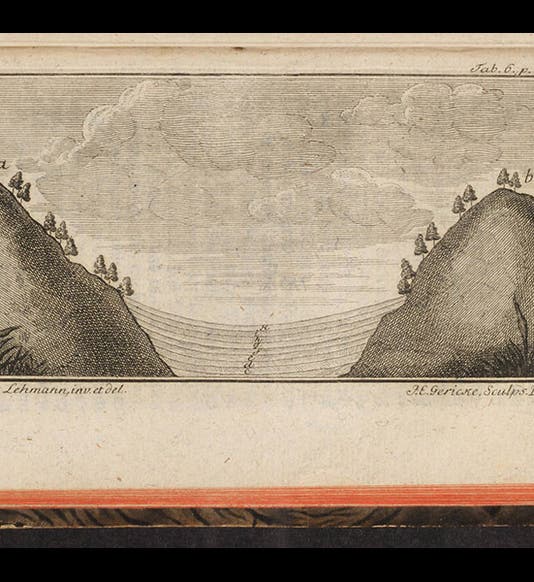
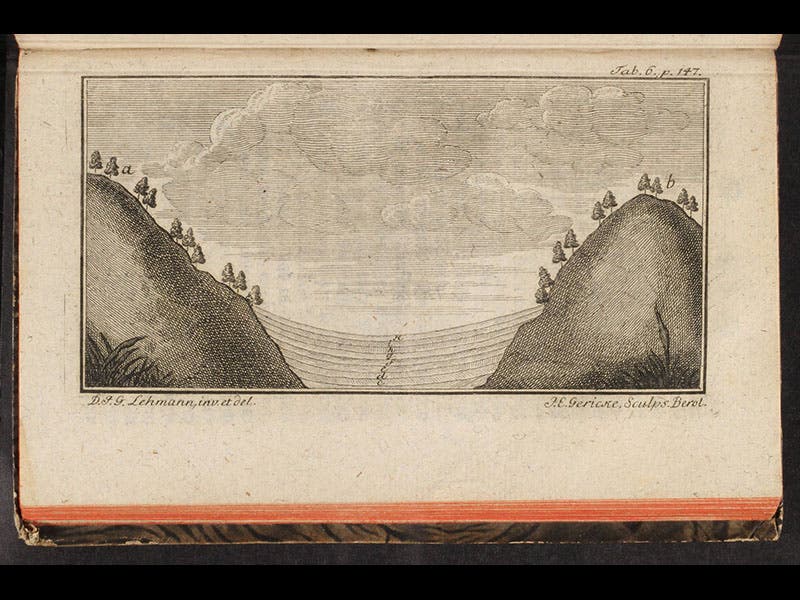
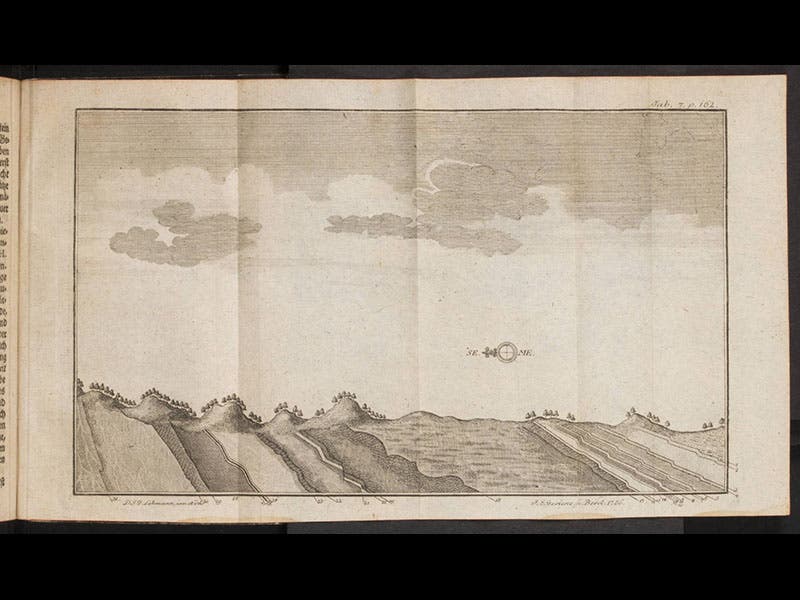
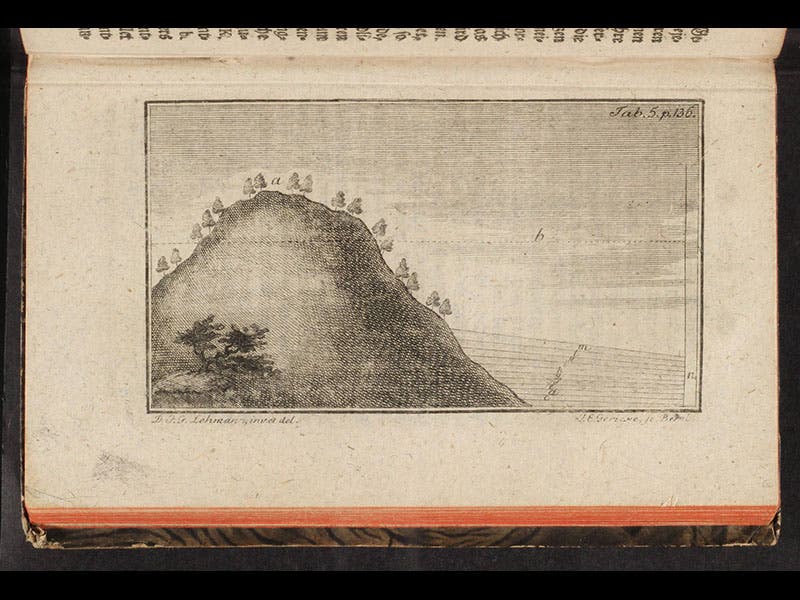
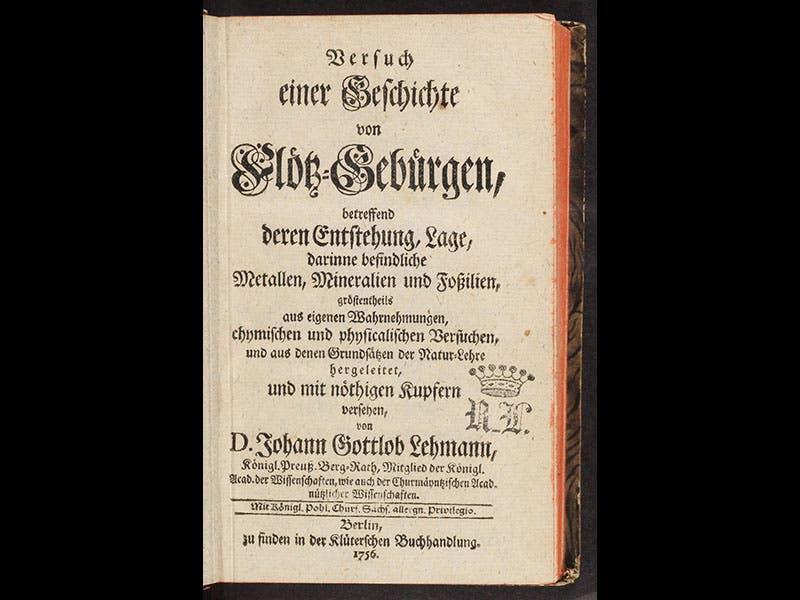
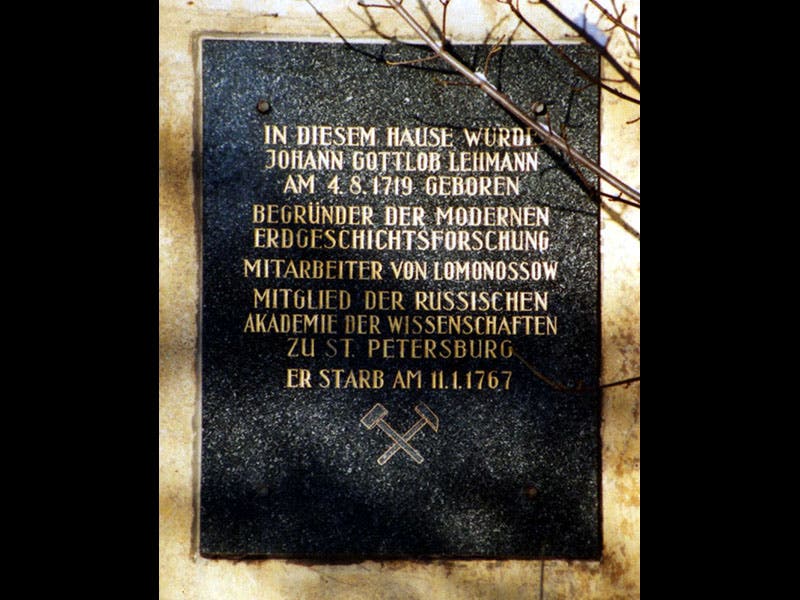

![“Aurora Borealis,” hand-colored wood engraving by Josiah Wood Whymper, [Natural Phenomena], plate 2, 1846 (Linda Hall Library)](https://assets-us-01.kc-usercontent.com:443/9dd25524-761a-000d-d79f-86a5086d4774/0245ffcb-b70c-477c-8792-0a73ebd54eb2/Whymper%2011.jpg?w=210&h=210&auto=format&fit=crop)


